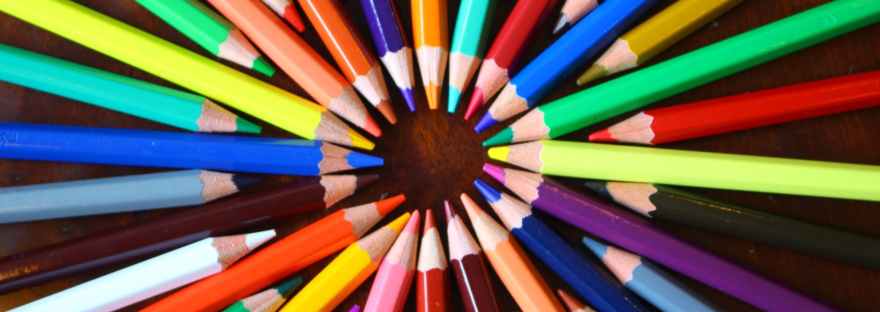
I am currently working as part of a national project funded by the Government Equalities Office (GEO) in Anti-Homophobic, Biphobic and Transphobic (HBT) Bullying in primary and secondary schools. The work is co-ordinated by the LGBT Consortium and raises awareness among staff and students. In North East England, school staff training and support is being delivered by myself and colleagues working with the LGBT Fed, a volunteer-led regional infrastructure organisation.
While the focus is on anti-HBT bullying, our work at the LGBT Fed takes a holistic approach. Thus, the training covers not only types of bullying (linguistic, physical and online, for example) and how to challenge it but, importantly, we consider ways to create a whole-school environment that works positively with regard to LGBT inclusion.
As part of the project, the GEO are funding the development of new lesson plans to add to Schools Out’s existing valuable resource, The Classroom. The Classroom has lesson plans searchable by discipline and by Key Stage, which makes it user-friendly for time-pushed teachers. The materials are also easily adaptable to teachers’ own classroom contexts.
I have found when working with primary schools, one of the concerns teachers can have is how to make LGBT-inclusion age-relevant. Underpinning this concern is a (tacitly held) perception that LGBT issues automatically imply sexual acts. In reality, whatever one’s sexual orientation – LGBTQ+ or straight – physical sexual acts are only one aspect of that identity, amongst for example, emotional attachment, desire and possibly life-partnership. If mentioning a straight couple or individual to four year-olds, sexual acts obviously do not come into the conversation, just as they would not do with an LGBTQ+ couple or individual!

One of the resources from The Classroom I have used during training is ‘Different People, Different Talents’. Aimed at Key Stage 1 PSHE, the lesson introduces students to notions of valuing difference and individuality, and gets them involved in tasks such as who can do a tongue-twister or stand on one leg! It moves through values placed on stereotypically gendered activities and also includes examples of different people, one of which is a student living with his father and his father’s boyfriend. These are gentle, age-appropriate ways to encourage children to value difference and they form part of the backdrop to an inclusive school from an early age.
As well as embedding such content into the curriculum, the whole school environment is an opportunity to communicate the school’s ethos around diversity and inclusion. From the images on the walls to the language spoken in the classroom, playground and staff room, the school can work together to create a positive environment. OFSTED and the requirements of the Equality Act and Equality Duty require schools to be proactive, yet knowing how to do this is where training and expertise can really help.
In our training, we aim to equip staff with greater understanding of issues such as the social model of discrimination; types of discrimination and how to combat it; what exactly the law requires; terminology and differences between equality, equity and social justice. With raised awareness and understanding, staff can become more confident in not only introducing new material into their curriculum but in embedding LGBT inclusion in the whole school environment.


I enjoyed learning about the HBT work with schools and how it is tailored to be relevant to the need.
LikeLike